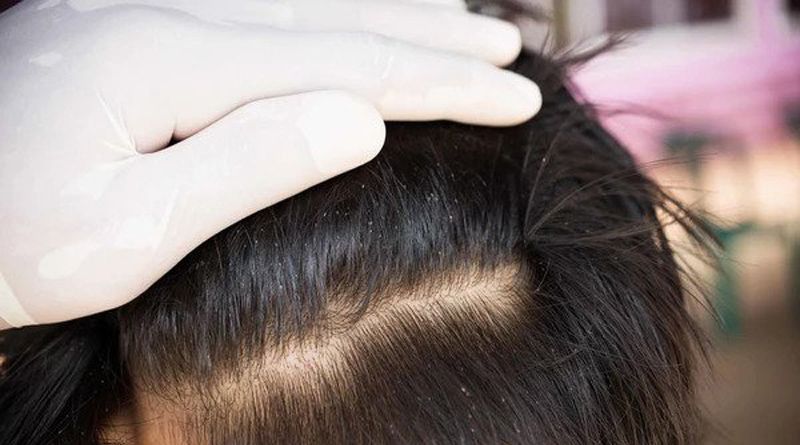Head lice are the most common parasites found on the human heads. They feed on the victim’s blood and cause him severe itching, infection and irritability at times. Fortunately, they do not cause any serious disease and, hence, are not fatal to life and can be treated very easily.
But what if your child comes home from school and complains about a severe itching on the scalp and irritability about his general mood and you start wondering what to do about all this? How will you handle the things if you have no information about them? So, it is necessary for moms to have a detailed knowledge about these bugs so that they may treat them accordingly. We have done it for them. Here is the basic information about head lice and how to treat their infestation smoothly and easily.
Three phases of lice life cycle
Lice eggs or nits
Nits or head lice eggs are 2 to 3 mm in size and are yellow to white in color. They never move, but remain glued with the hair shafts of their host. They are so stuck that one has to pull them out with a lice comb quite forcefully. They have sheer resemblance with dandruff and the two are often confused for each other. However, dandruff flakes are a bit larger in size and quite easy to remove. Nits have oval shape and usually take a week to hatch.
Nymphs
On hatching, a nit develops into a nymph that looks exactly like an adult louse but is smaller in size. Nymphs take 7 to 9 days to get mature after hatching from nits. They also feed on human blood and die shortly once the supply of blood is disconnected.
Adult lice
As stated above, head lice are parasites that feed on human blood. They have the same size as that of a sesame seed. Adult lice are tan to dark brown in color and have a life span of around 30 days. They survive only if they have human blood to feed on. Without this, they can live only for two days. They keep on travelling through the various areas of scalp. Female lice lay 8 to 10 eggs daily after mating with their counter parts. Head lice like to live in warm areas. So, they are found near the scalp, behind the ears, at the back and base of neck and around the shoulders.
How to get rid of lice infestation
Normally there are three ways to get rid of lice infestation: on the counter substances, prescribed chemicals or drugs and home-made remedies. All three have their own efficacies, but the best one to me is the application of some good conditioner and deep combing through all the portions of the hair after washing them with a fine quality shampoo. The same therapy must be repeated for a week so that no lice or their eggs may be found later on. Likewise, the clothing, bedding and other belongings must also be made clean with good detergents and sunlight. The whole house must be made lice-free by using different suitable techniques or remedies.

Namaste UI collaborates closely with clients to develop tailored guest posting strategies that align with their unique goals and target audiences. Their commitment to delivering high-quality, niche-specific content ensures that each guest post not only meets but exceeds the expectations of both clients and the hosting platforms. Connect with us on social media for the latest updates on guest posting trends, outreach strategies, and digital marketing tips. For any types of guest posting services, contact us on info[at]namasteui.com.

